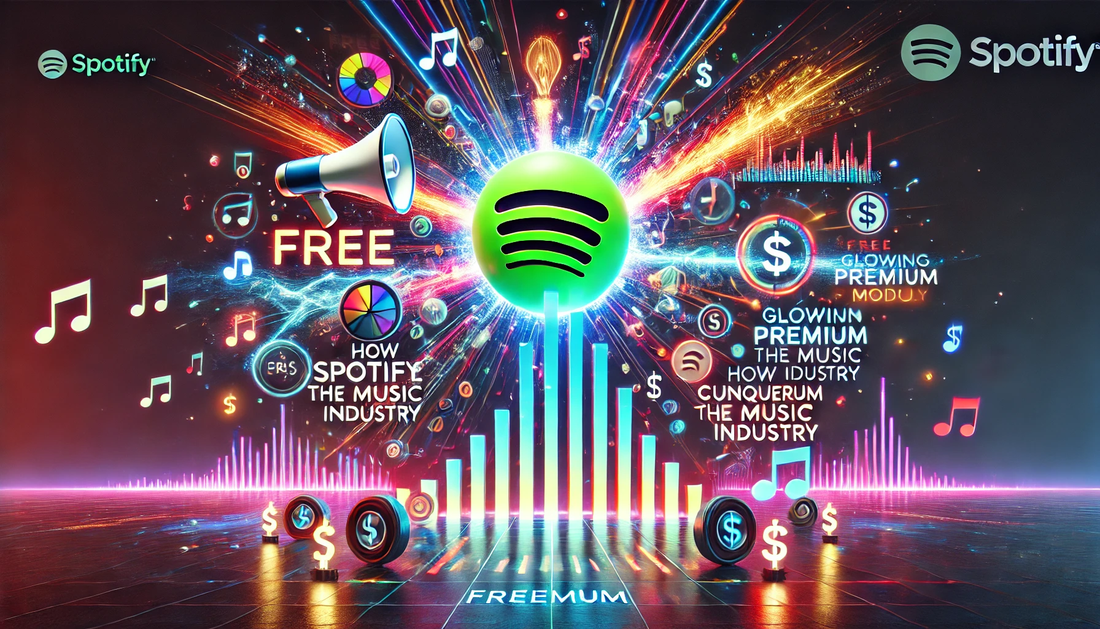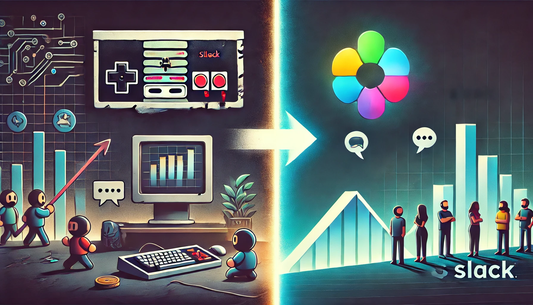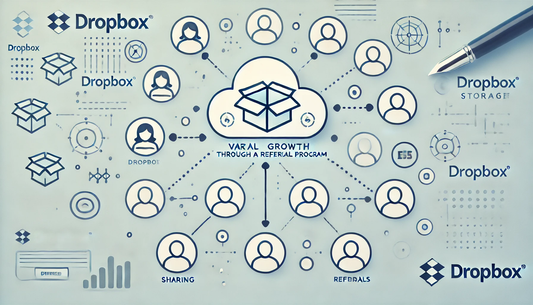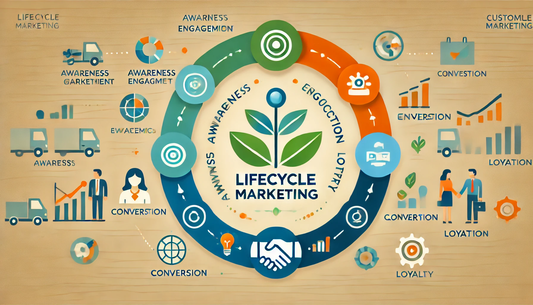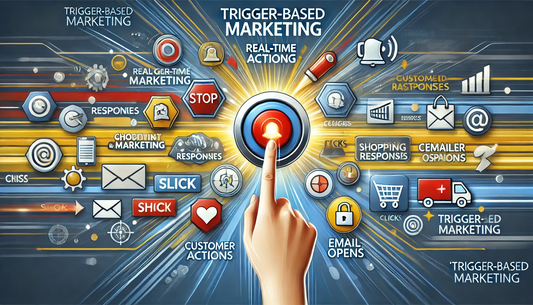Spotify didn’t just change how we listen to music—it revolutionized an entire industry. 🏆 From a simple streaming platform to the global leader in music streaming, Spotify’s freemium model played a pivotal role in its success. 🎧
Today, Spotify boasts hundreds of millions of active users, reshaping how artists distribute their music and how we experience tunes. 🌍 But how did they go from a new player to the king of streaming?
Let’s dive into the strategies Spotify used to dominate the market and how startups can replicate this success. 🔑
Offering Value with a Freemium Model
At the heart of Spotify’s meteoric rise is its freemium model. By offering a free tier, Spotify attracted millions of users who might have otherwise been hesitant to pay upfront for music streaming. 💸
With the freemium model, users could stream millions of songs, create playlists, and enjoy music with limited interruptions—an attractive alternative to piracy or traditional radio. 🎶
While the free tier came with ads and limited features (like lower sound quality and fewer skips), it provided enough value to keep people engaged and coming back. 🔁
Once users got hooked, upgrading to a premium account was an easy decision, especially with the promise of ad-free listening, offline play, and better sound quality. 🎶💎
Takeaway for startups: A freemium model is a powerful way to grow your user base. Give users a taste of your product for free, then entice them with premium features to generate revenue. Just make sure the free version is engaging enough to keep them interested! 🆓➡️💳
Focusing on User Experience and Convenience
Spotify’s focus on user experience played a major role in its success. 😍 The platform’s interface is sleek, intuitive, and designed with ease of use in mind. Searching for your favorite songs or discovering new ones was always a breeze. 🚀
Convenience was also a big factor. Spotify works seamlessly across devices—desktop, smartphone, or smart speaker—making it easy for users to enjoy their tunes anywhere and anytime. 📲🎧
Takeaway for startups: Invest in creating a seamless, user-friendly experience. If your product is easy to use and accessible across different platforms, users are more likely to stick around and engage. 👨💻📱
Personalization through Data and Algorithms
Spotify took personalization to the next level with its smart use of data. 📊 By tracking user behavior—such as which songs they listen to, skip, or add to playlists—Spotify fine-tuned its recommendations and playlists, like “Discover Weekly” and “Daily Mix,” to match each user’s taste. 🎧
This hyper-personalized music discovery experience made Spotify even more addictive, as users discovered new music based on their individual preferences. 💥
Takeaway for startups: Leverage data to personalize your product. Understanding your users’ preferences helps you create tailored experiences that keep them coming back for more. 💡 Personalization can help you deliver more value and build stronger relationships with your users. 🧠
Monetizing through Premium Subscriptions
While the freemium model helped Spotify build a massive user base, the real revenue driver was its premium subscription model. 💰 By offering additional features like ad-free listening, offline access, and higher audio quality, Spotify made it easy for free users to transition to paid accounts. 💳
Spotify also made converting free users into paying customers seamless by offering free trials of premium features. 🎉 Once users experienced the full value, many opted to stay on as paying subscribers. 💳
Takeaway for startups: Use your free tier to create opportunities for users to upgrade. Offering free trials can be an effective tool for demonstrating the value of a paid subscription. 💡
Building Partnerships with the Music Industry
Spotify didn’t fight the music industry— they partnered with it. 🎤 By collaborating with record labels, artists, and rights holders, Spotify secured the licensing agreements needed to provide access to millions of songs. 🎶
Spotify’s willingness to work with the industry allowed it to offer a massive catalog of music, which helped it stand out as a legitimate, legal alternative to piracy. ⚖️
Takeaway for startups: Collaborating with industry stakeholders is often a smarter approach than trying to disrupt the industry entirely. Look for ways to partner with established players to benefit from their resources and credibility. 🤝
Scaling with Smart Marketing
Spotify didn’t rely on traditional marketing alone. 📈 Instead, the company used social media, influencer partnerships, and word-of-mouth to fuel its growth. 🚀
One of the most successful tactics was creating shareable content, like personalized “Year in Review” playlists, which users could post on social media. 📲 This turned users into brand ambassadors and sparked conversations about the platform. 🔥
Spotify also launched campaigns targeting specific groups, such as students and families, with discounted subscription plans. 👨👩👧👦 These promotions allowed Spotify to attract users from different segments while maximizing its revenue. 💵
Takeaway for startups: Smart marketing fuels growth, especially when combined with viral or shareable content. Encourage users to spread the word by making your product easy to share. 📢
Staying Ahead of the Competition
Despite fierce competition from Apple Music, Amazon Music, and others, Spotify stayed ahead by constantly innovating. 💡
Spotify expanded beyond music with features like podcasts, social sharing tools, and group listening, diversifying its offerings and creating new revenue streams. 🎧🎙️ By securing exclusive content deals (like “The Joe Rogan Experience” podcast), Spotify differentiated itself from its competitors. 🏅
Takeaway for startups: Continually evolve and diversify your offerings to stay competitive. Innovation helps keep your brand relevant, and exclusive partnerships can help you stand out. 🔑
Expanding Globally
Spotify didn’t just focus on one market; it rapidly expanded worldwide. 🌏 The platform launched in countries across the globe, adapting its product to meet local needs and preferences. 💬
Spotify localized content, pricing, and marketing to resonate with users in different regions, helping it achieve global dominance. 🌍 By doing so, Spotify turned itself into a truly international brand. 🌟
Takeaway for startups: Think globally from the start. Expanding into international markets can significantly boost your growth, but it’s essential to understand each region’s unique needs. Localize your product and marketing efforts for success. 🌍
Conclusion
Spotify’s success story is a prime example of how a freemium model can scale a business and disrupt an entire industry. 💥 By offering value upfront, prioritizing user experience, and constantly innovating, Spotify has become the undisputed leader in music streaming. 🎶
For startup founders, the lessons from Spotify are clear: build a product that offers value from day one, leverage data to personalize experiences, and be strategic about partnerships and marketing. 🔑 With these strategies, your startup can build a loyal user base and achieve market dominance just like Spotify did. 🚀
Now, it’s time to take your startup to the next level! 📈💡

